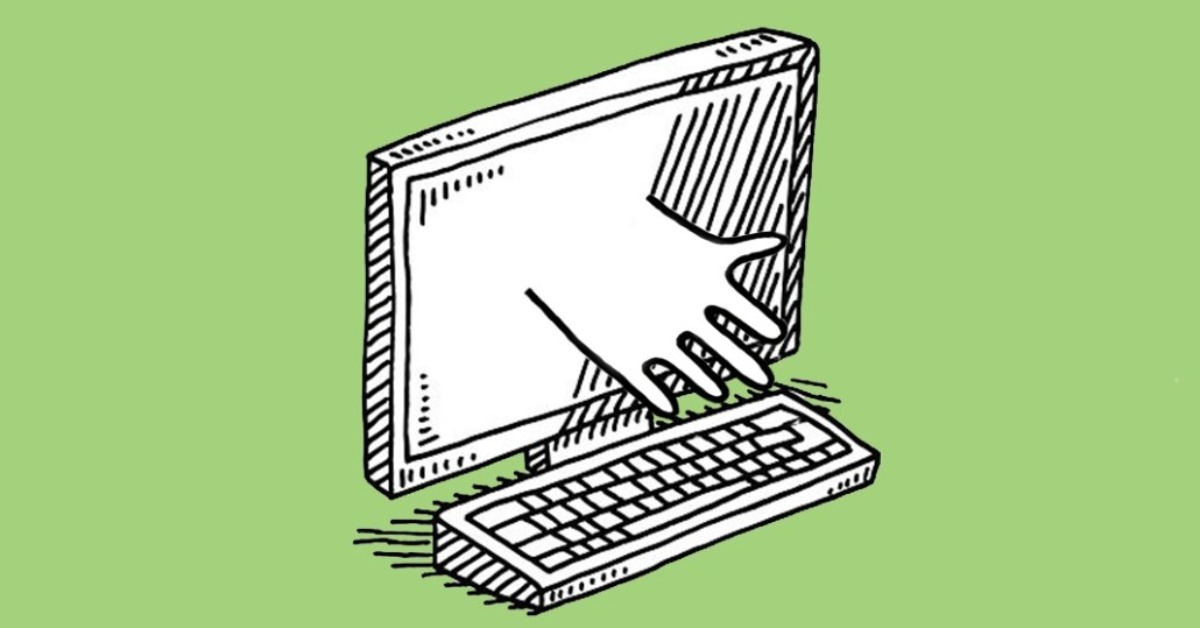Why career development is essential to supporting caregivers in the workplace

Sponsored by CMI Media Group
According to a 2019 Harvard Business School study, 73% of U.S. employees are caregivers, spending an average of 24 hours a week on these responsibilities. For many of those professionals, advertising can be a positive and beneficial career path, whether they’re caring for children, elderly relatives or loved ones with disabilities. However, workplace misconceptions, and even stigmas, can create negative experiences for caregivers striving to balance two essential elements of their lives.
In this Q&A, the Custom in-house agency at WorkLife spoke with CMI Media Group’s Valorie Bellamy, director of design and facilitation, as well as university learning. In Bellamy’s role as learning advisor to employee resource groups, she specializes in career development in the advertising industry and is a caregiver who has worked to achieve work/life harmony. The questions and answers explore how organizations can support the many different types of caregivers.
Custom: Who is the typical caregiver working in advertising?
Valorie Bellamy: The face of caregiving today, of course, includes parents of young children, but most people in my caregiver network are just like me, caring for adult family members. I care for my sister and my mother.
Custom: What should employees who are caregivers be doing for the best possible experience at work?
Valorie Bellamy: Caregiving often adds complexity or strain to schedules as well as having physical and mental health impacts. If you find that you need help figuring out how to structure your workday around your caregiver responsibilities, meet with your HR team for advice on what resources and benefits are available to you. It’s also important to discuss your needs with your manager when you find managing your workload challenging. The people team can provide guidance on how to speak with your manager without disclosing information you may not want to, or are required to, share. These steps helped me be more informed and prepared before approaching my manager to get the best results.
When having these conversations, be clear and specific about the challenges you are trying to navigate. For example, if you need to leave the office or end your workday every day at 4 p.m., make sure that’s clear — but also be certain that you have an action plan worked out with your manager for scenarios where critical deliverables are needed after that time.
In addition to working out a day-to-day process, work with your manager on a long-term career plan, and check in monthly to make sure you’re on track. This will allow both of you to see the progress you’re making, make real-time adjustments to support a healthy work-life balance and ensure you are clear on the future opportunities you’re interested in.
Custom: What should managers do to support employees?
Valorie Bellamy: First, create a safe space where your employees can share what they want to share about their situation and listen without judgment or concern that it will be repeated without their permission. There also may be details they’re not comfortable sharing, and that should always be respected.
Caregiving is a very private and intimate role and responsibility. Remember that your employees are making themselves incredibly vulnerable when they share this personal information about themselves and those in their care.
Try to refrain from responding immediately with solutions. Solutions are important, but it’s also important to take time to do your research and make sure those solutions are realistic. A good response is: “Thank you for sharing this with me. I’m going to take some time to do research and make sure the solutions I suggest will allow you to balance your growing career with your personal responsibilities.”
A manager’s first step should be to connect with HR to see what resources can be used to support the employee’s ability not just to do their job but to thrive. These resources can include flexible work arrangements, creative use of PTO or employee assistance program (EAP). Even if the company can’t accommodate every single thing, at least it opens the door to come up with solutions together.
The next step should be to work with the employee to share all potential resources and work out an action plan. What will their core working hours be? What happens if they need to leave the office unexpectedly? What is the process for critical work that comes in outside of core hours? Planning ahead for these likely scenarios will allow the employee to find balance.
Once a plan is in place, check in regularly to make sure the plan is working and collaborate to adjust it as needed.
Custom: What are some things managers and coworkers should absolutely not do?
Valorie Bellamy: Do not respond with, “if there’s anything I can do, let me know.” While this comment is meant to offer support, it can put pressure back on the employee to find a solution they may not have and burden a teammate to take on their workload as well.
Don’t assume that the employee is looking for a lessened workload. It’s often hurtful to hear a manager say, “let me take some things off your plate,” as a solution. Most caregivers I have met, including myself, don’t want to seem weak, incapable or place any unfair burdens on their team members.
Too often, managers assume that a caregiver may not be open to taking on additional responsibilities. Never make that assumption. Keep lines of communication open with your employee to understand where they see their career path going — or, even better, work with them to formalize their development path.
Career pathing is so important because we caregivers seek purpose, individual identity and stability. So much of our day is focused on the needs of those in our care; our careers are ours, driven by our aspirations. That separate sense of purpose is so valuable to a caregiver.
